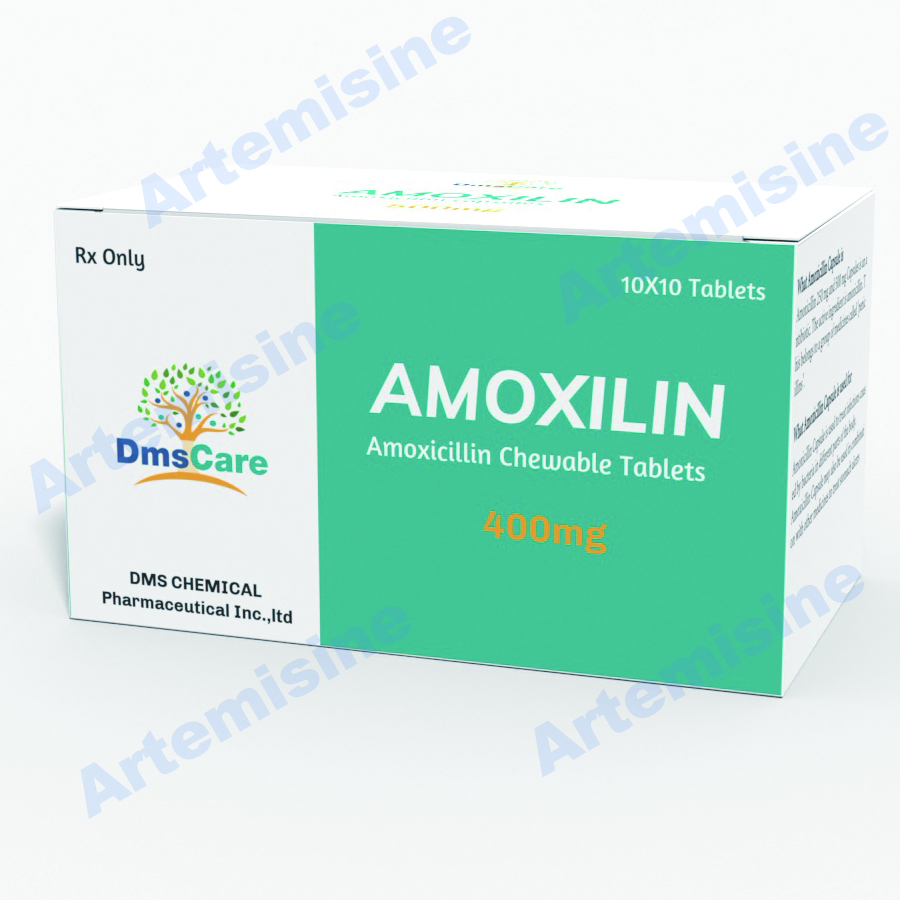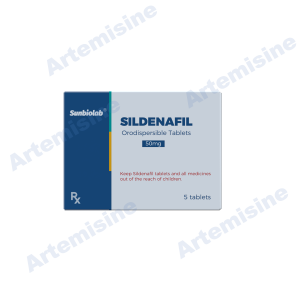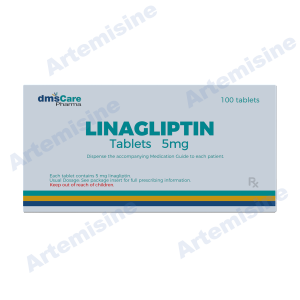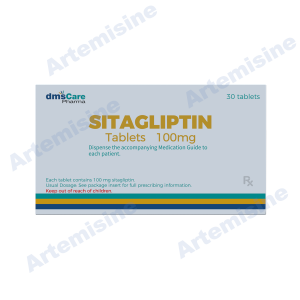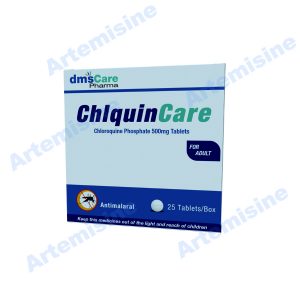Product Description
Products name:
amoxicillin tablets
Contains:
amoxicillin 125mg;500mg;875mg
Package:
10 tablets/ blister*10/ box;3 tablets/ blister*1/box
Indications and Usage for Amoxicillin Chewable
Amoxicillin is a penicillin-class antibacterial indicated for treatment of infections due to susceptible strains of designated microorganisms.
• Infections of the ear, nose, throat, genitourinary tract, skin and skin structure, and lower respiratory tract.
• In combination for treatment of H. pylori infection and duodenal ulcer disease.
To reduce the development of drug-resistant bacteria and maintain the effectiveness of amoxicillin tablets (chewable), and other antibacterial drugs, amoxicillin tablets (chewable) should be used only to treat infections that are proven or strongly suspected to be caused by bacteria.
Amoxicillin Chewable Dosage and Administration
• In adults, 750 to 1750 mg/day in divided doses every 8 to 12 hours. In Pediatric Patients > 3 Months of Age, 20 to 45 mg/kg/day in divided doses every 8 to 12 hours. Refer to full prescribing information for specific dosing regimens.
• The upper dose for neonates and infants ≤ 3 months is 30 mg/kg/day divided every 12 hours.
• Dosing for H. pylori Infection: Triple therapy: 1 gram amoxicillin, 500 mg clarithromycin, and 30 mg lansoprazole, all given twice daily (every 12 hours) for 14 days. Dual therapy: 1 gram amoxicillin and 30 mg lansoprazole, each given three times daily (every 8 hours) for 14 days.
• Reduce the dose in patients with severe renal impairment (GFR < 30 mL/min).
Dosage Forms and Strengths
- Tablets (Chewable): 125 mg and 250 mg
Contraindications
- History of a serious hypersensitivity reaction (e.g., anaphylaxis or Stevens-Johnson syndrome) to amoxicillin or to other beta-lactams (e.g., penicillins or cephalosporins)
Warnings and Precautions
- Anaphylactic Reactions: Serious and occasionally fatal anaphylactic reactions have been reported in patients on penicillin therapy. Serious anaphylactic reactions require immediate emergency treatment with supportive measures.
- Clostridium difficile-associated diarrhea (ranging from mild diarrhea to fatal colitis): Evaluate if diarrhea occurs.
Adverse Reactions/Side Effects
The most common adverse reactions (> 1%) observed in clinical trials of amoxicillin were diarrhea, rash, vomiting, and nausea.
Drug Interactions
- Probenicid decreases renal tubular secretion of amoxicillin which may result in increased blood levels of amoxicillin.
- Concomitant use of amoxicillin and oral anticoagulants may increase the prolongation of prothrombin time.
- Coadministration with allopurinol increases the risk of rash.
- Amoxicillin may reduce the efficacy of oral contraceptives.
Use In Specific Populations
- Pediatric: Modify dose in patients 12 weeks or younger (≤ 3 months).
